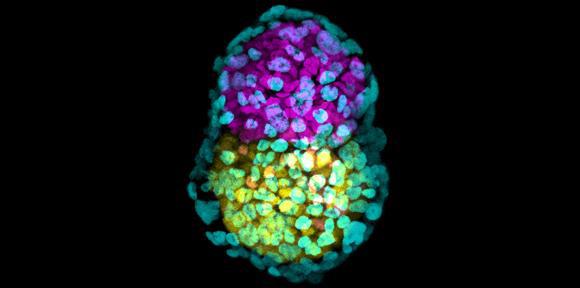Beijing: Scientists at the Chinese Academy of Sciences have, in a breakthrough, produced healthy mouse pups with two mothers and no father, using stem cells and gene editing techniques.
The healthy mice with two mothers went on to have normal offspring of their own.
Mice from two dads were also born but only survived for a couple of days. Of the 12 born, just two survived for more than 48 hours, but the technology is far from ready for the leap to humans, the scientists noted.
While several findings have been made in the past by combining reproduction and regeneration, in the study, detailed in the journal Cell Stem Cell, the team wanted to find out whether normal mice with two female parents, or even mice with two male parents, could be produced using haploid embryonic stem cells with gene deletions.
“We were interested in the question of why mammals can only undergo sexual reproduction,” said Qi Zhou, from the varsity.
“This research shows us what’s possible,” Zhou added.
Some reptiles, amphibians and fish can reproduce with one parent of the same sex.
But it is extremely difficult for mammals to do so, even with the help of the most advanced technology.
To produce healthy bimaternal mice, the team used haploid embryonic stem cells (ESCs), which contain half the normal number of chromosomes and DNA from only one parent.
The researchers then used gene deleting techniques and injected them into eggs from another female mouse.
They produced 29 live mice from 210 embryos. The mice were normal, lived to adulthood, and had babies of their own.
Twelve live, full-term mice with two genetic fathers were produced using a similar but more complicated procedure.
“We found in this study that haploid ESCs were more similar to primordial germ cells, the precursors of eggs and sperm,” said Baoyang Hu, another researcher.
The edited haploid ESCs were then injected — along with sperm from another male mouse — into an egg cell that had its nucleus, and therefore its female genetic material, removed.
This created an embryo containing only genomic DNA from the two male parents. These embryos were transferred along with placental material to surrogate mothers, who carried them to term.
These pups survived 48 hours after birth, but the researchers are planning to improve the process so that the bipaternal mice live to adulthood.
However, the method presents ethical and practical hurdles if this technology were to ever be considered for humans, the researchers said.
IANS



